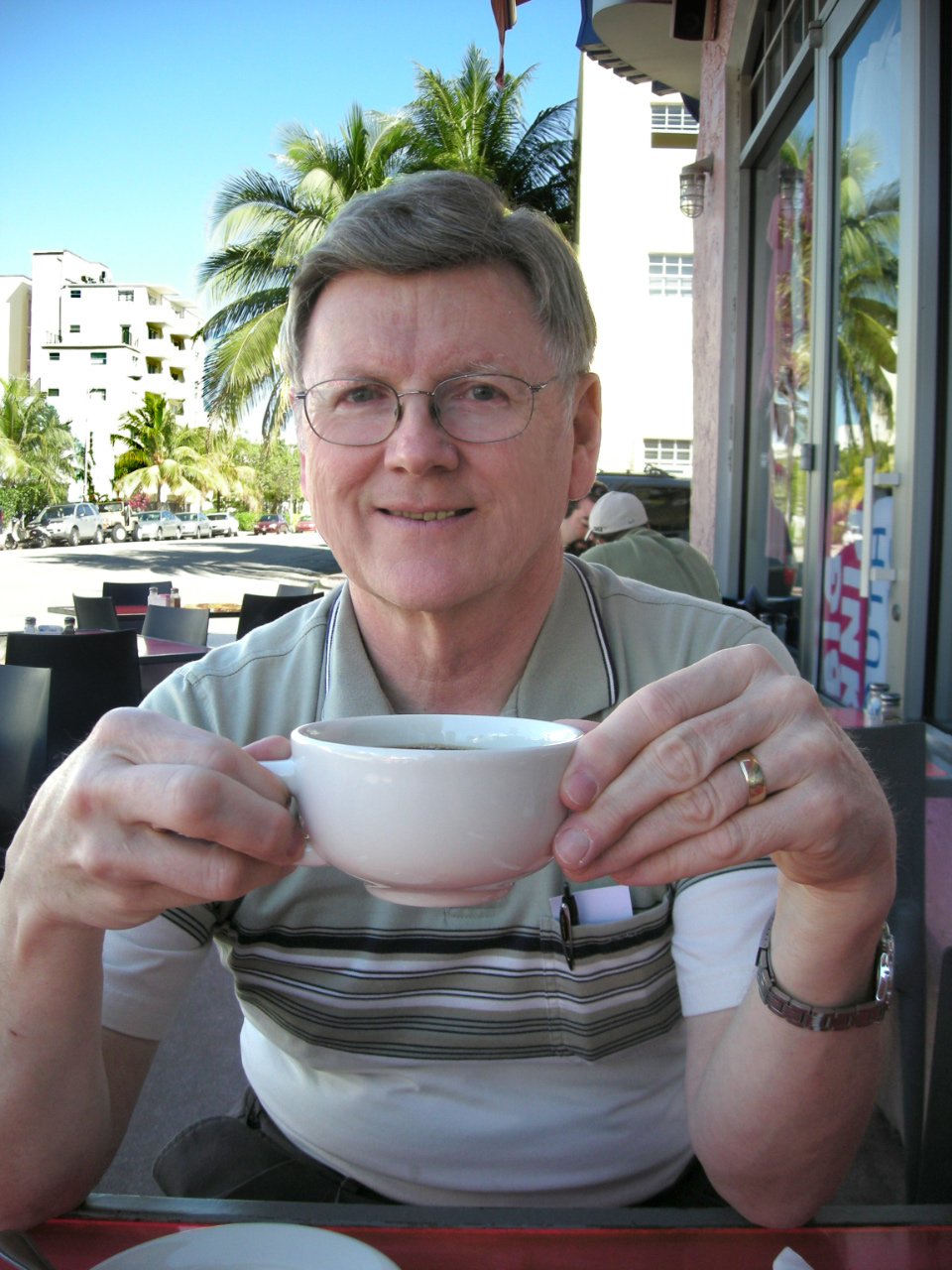Where are those huge pines now? They became the lumber that built St. Louis, Chicago and, of course, the Twin Cities. Wouldn't it be interesting to see what Minnesota looked like to the people who settled here in the late 1800s? Most people will tell you the big trees are all gone, every one of them cut for lumber. People with the last names of Musser, Walker, Weyerhaeuser and Pillsbury did do a pretty good job of clearing out every last tree in the state, but surprisingly, a few survived.
If you ever in northern Minnesota, make it a point to find the Lost Forty and visit it. It is only about thirty miles from Blackduck.
If that doesn't locate it your mind, think three hours northwest of Duluth. The Lost Forty is not widely known. I've asked people that lived their whole lives in the northland about it and haven't yet found anyone outside of a DNR building that knows about it. Here are directions from this U.S. Forest Service brochure:
From Blackduck,You'll know you are close when you see this sign:
take County Roads 30/13 to Alvwood, travel north on State Highway 46 for 1/2 mile to County Road 29. Follow 29 east for about 11 miles to Dora Lake and County Road 26. Travel 2 miles north on 26 to Forest Road 2240. About 1 1/2 miles west of this intersection you will find a sign for the Lost Forty.
The trees that the lumbermen came to harvest were the White Pines. This is one of the best examples standing in this park. It is estimated at around 300 years old.
If you aren't sure how to distinguish a White Pine from today's more common Red (also known as Norwegian) Pine, the Lost Forty displays one of each, side-by-side.
Why are these trees still standing? A survey crew made a mistake in 1882 and drew a map showing this forty acre area as being in the middle of a lake. As a result, none of the lumber barrons bid on that forty acre tract.




